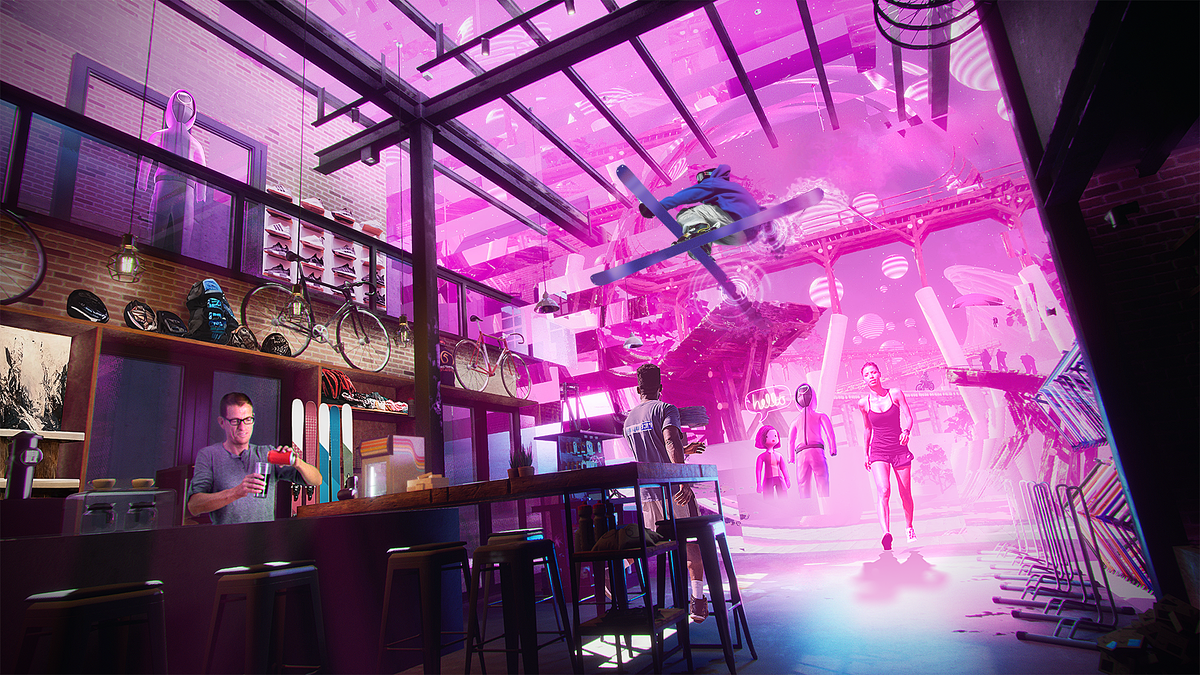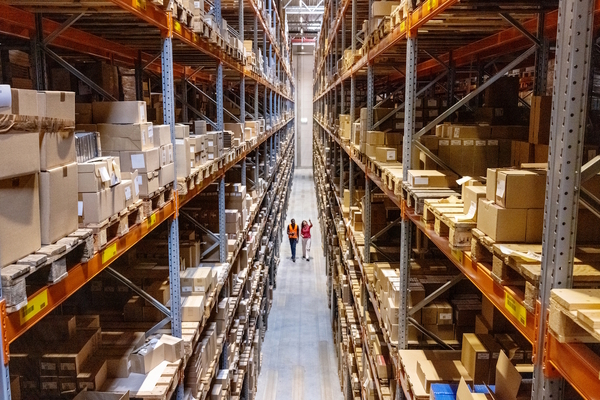Don’t just replicate your business in the metaverse, build a world
Sponsored by Magnopus
There’s a lot of talk about what the metaverse could, should or will be, but the real question is: how can businesses build in the metaverse today?
One of the biggest opportunities for your business strategy right now is to create entirely new virtual expressions of brand and customer experience. But many businesses’ first forays into the metaverse have started with spatial and operational replication. They build a three-dimensional version, or digital twin, of their store on a digital platform such as Roblox, for example. Or they duplicate their products and sell them alongside real-world items, attempting to capitalise on NFTs. While it’s a start, it’s not enough.
Building in the metaverse requires translation
When we use an online translator to communicate in another language, it can be inadequate at relaying the intent, meaning and emotion of what we’re trying to say. Translating businesses into the metaverse is a bit like that. The metaverse comes with a new interactive language your business should speak. It requires deeper levels of translation to not only support the functional elements of your business, but to express its meaning, values and culture.
That’s why the metaverse is business as world-building. It’s not about developing literal, one-off virtual spaces, or the digital duplication of products or services. It’s about building experiences that change the way customers understand you, and themselves.
Here are three essential ways to think about translating your business into a world today.
1. Place your products and/or services in their proper context
Even though initial development in the metaverse looks similar to the real world, displaying products or providing services inside traditional spaces will become a thing of the past. In the future, contextual translation removes the store or office from the equation, and places your business where it makes the most sense.
Mountain biking gear isn’t meant to be lined up on a sales rack, but worn by someone as they trek across the Yukon. Don’t recreate the sales rack, create the trail. Choosing a destination for your next vacation can be a virtual adventure in and of itself. Don’t create lists of add-ons, allow customers to explore Buenos Aires before they even step foot off the plane. The promise of the metaverse is being able to create anything, so why just build a store?
Customers will encounter your business where and how it’s meant to be experienced, seeing themselves in a completely different context in the process. By trekking across the Yukon, they’re already adventurers. By visiting Buenos Aires, they’re already globetrotters. They see themselves not just inside your business, but inside your world.
2. Emote your business, literally
If contextual translation reimagines the various realities of your business, emotional translation focuses on how your business feels. It’s all about vibe, or lifestyle.
Lana Del Rey recreates a 60s American town to promote her new album. A tea company invites you to a virtual cottage where you can centre yourself at the end of your day. A vacuum brand develops a mindful cleaning experience. These translations tap into the experience or vision of the world that your business embodies.
Whether your vision is safe, chaotic, revolutionary or nostalgic, the metaverse has the potential to create feelings through space and interaction design, using many of the same tools that videogames have developed over the past few decades.
This type of translation is the most abstract. It necessitates developing virtual experiences that generate identity the same way commercials and traditional brand design have done in the past. Seeing oneself in the role of an adventurer on a mountain bike, for example, is only half of the equation. Imagine designing an experience that also makes a customer feel competent, fearless, and determined in their quest to trek across the world.
You’re not just building the trail, or environment, in the metaverse. You can give customers the feeling of conquering it as well – becoming a part of how they define themselves.
3. Translate for many, not few
How many times have you tried a new 3D virtual experience and thought, “Is this it?”
Many of the early experiences built in the metaverse feel empty, or fail to get real traction outside established platforms because they lack the one thing that makes a world feel alive: other people.
While context and emotions can transform us on an individual level, ultimately it’s relationships that define us. We understand platforms such as Fortnite and Roblox as primarily social experiences. They can’t exist without the presence of others, and your brand shouldn’t either. Social experiences are the final piece of creating a world and defining your culture.
Whether it’s competition, connection or collaboration, there are interactions unique to groups that create space. Literally, businesses should consider any virtual space as a social space and seek to develop real-time interaction and presence. Give your customers a reason to come together and stay together.
Figuratively, your business needs to consider how people relate to each other within the context of your brand. If they’re competitive, build competition. If they’re artistic, encourage creative collaboration. Ultimately, you’re responsible for building the world, but your users are responsible for defining it.
Start at the beginning
These three ways of thinking about translation are not mutually exclusive. Ideally, the world you start building encapsulates all of them, but some brands will naturally gravitate towards some approaches over others.
For example, music and entertainment have a more direct line to emotional and social experiences, while products and services might require higher prioritisation of functional and contextual thinking.
Either way, if you build with these translations in mind your world will eventually be an indistinguishable component of your business. It will be a part of the cultural milieu of the metaverse. It will be a way of “life”. But this won’t happen overnight. Worlds take time. Start here, and remember: don’t replicate. Translate.
by Ivone Alexandre (they/them), Creative Director, Design, Magnopus
About the author
Working in the space where physical and digital worlds meet, Ivone Alexandre brings connected spaces to life through multi-platform storytelling and systems design. As Creative Director at Magnopus, Ivone writes, designs and directs experiences within complex tech spaces to create extraordinary immersive experiences. Previously, they’ve directed within the Marvel, Star Wars, and Meow Wolf universes. And most recently, they designed the AR quest system for Expo 2020 Dubai.
For more information visit Magnopus.com

Business Reporter Team
Most Viewed
Winston House, 3rd Floor, Units 306-309, 2-4 Dollis Park, London, N3 1HF
23-29 Hendon Lane, London, N3 1RT
020 8349 4363
© 2025, Lyonsdown Limited. Business Reporter® is a registered trademark of Lyonsdown Ltd. VAT registration number: 830519543





